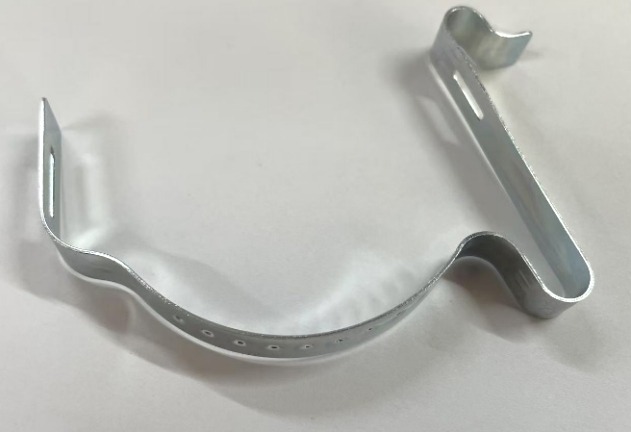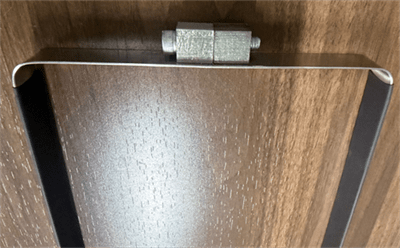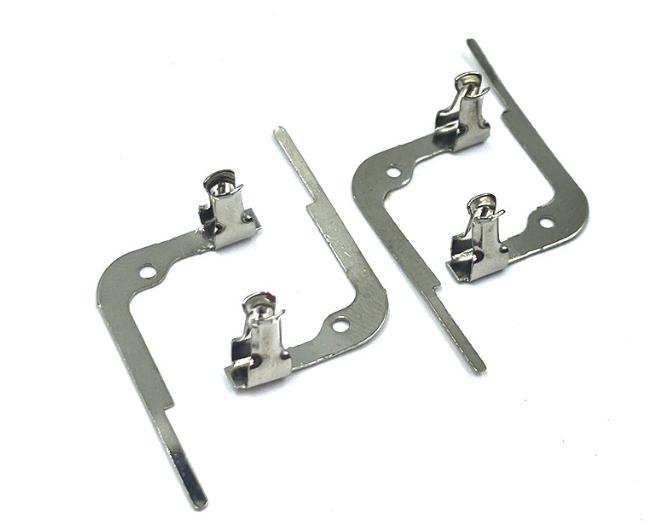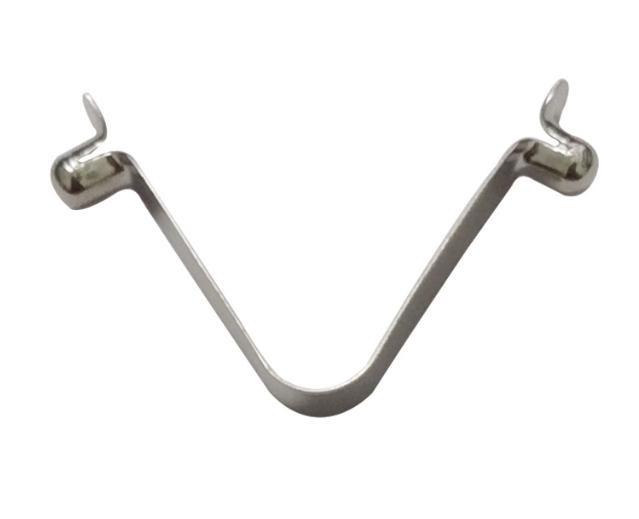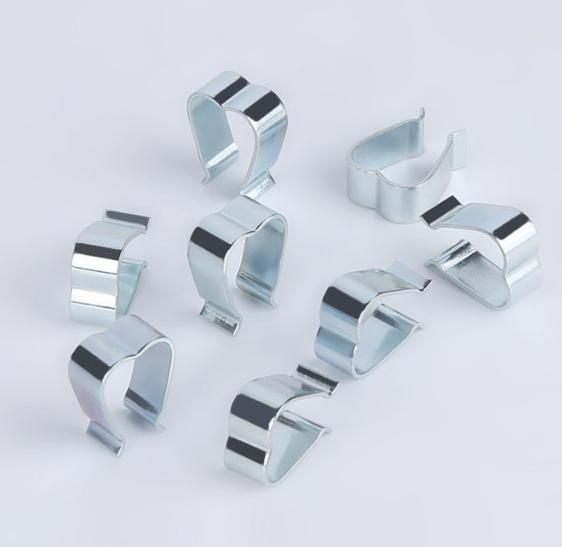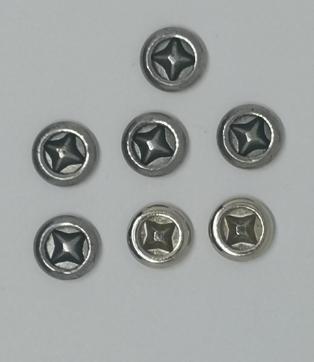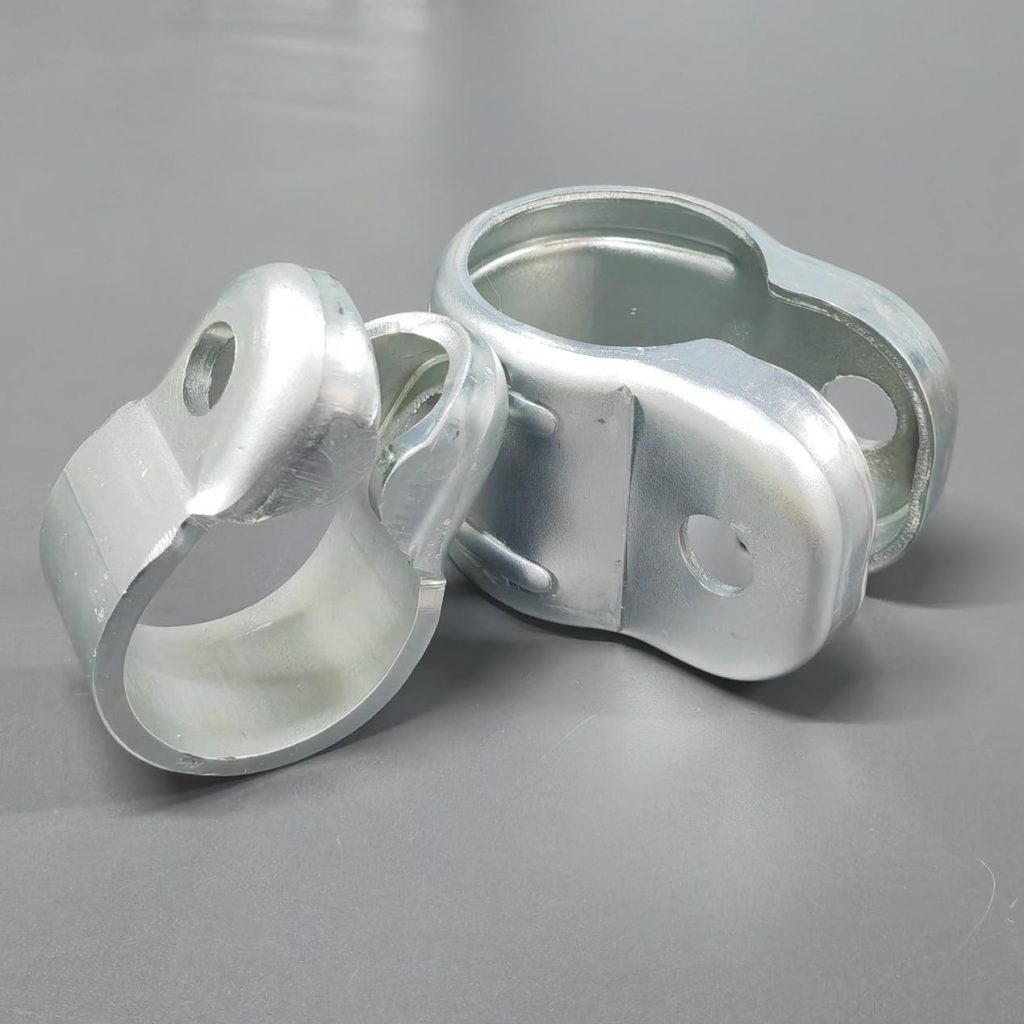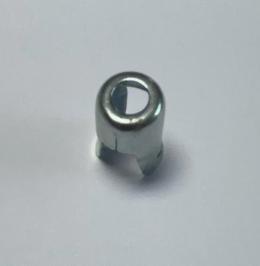What is Micro Stamping: Revolutionizing Precision Manufacturing of Miniature Components
Micro stamping, a precision-driven manufacturing process, has become a mainstay in the production of intricate components used in a variety of industries. The ability to create miniature, high-precision parts has revolutionized the way products are designed and manufactured, from electronics to medical devices and aerospace applications. In this article, we delve into the complexities of micro stamping, investigating its principles, applications, and impact on various industries.

Understanding Micro Stamping
Micro stamping is a type of metal forming that involves the creation of extremely small components using precise dies and stamping tools. Micro stamping, as opposed to traditional metal stamping methods designed for larger-scale production, focuses on the fabrication of tiny, intricate parts with dimensions often measured in micrometers. This level of precision is essential for meeting the demands of industries where miniaturization is a critical factor.
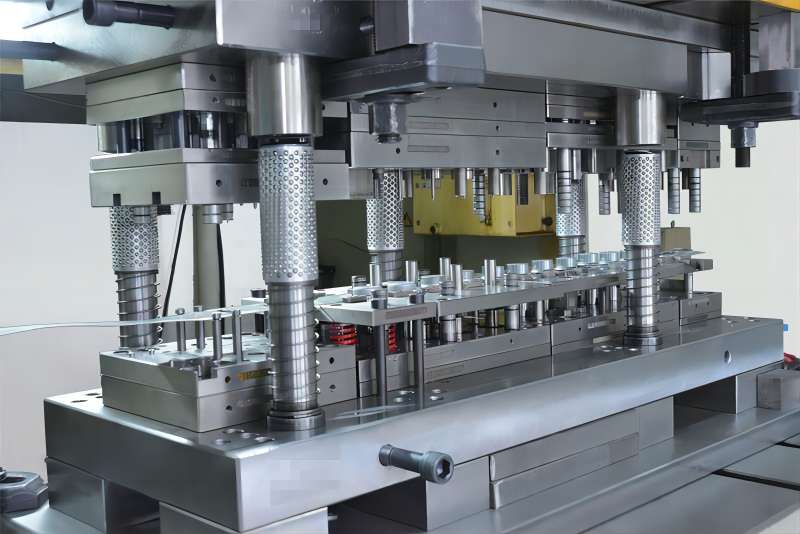
Key Principles of Micro Stamping
Micro stamping is a highly specialized manufacturing process that achieves precision and accuracy in the fabrication of extremely small components by relying on several key principles. These principles apply to tool design, material selection, and the use of advanced machinery.
1. Tooling and Dies Design
Customization: Micro stamping necessitates the use of specially designed dies and stamping tools that are tailored to the specific dimensions and features of the desired component. These tools must be precisely engineered to ensure stamping accuracy and repeatability.
Micromachining: Advanced micromachining techniques are employed to create intricate features on the stamping tools. Micro milling, laser machining, and electrical discharge machining (EDM) are common methods used to achieve the necessary precision in tooling.
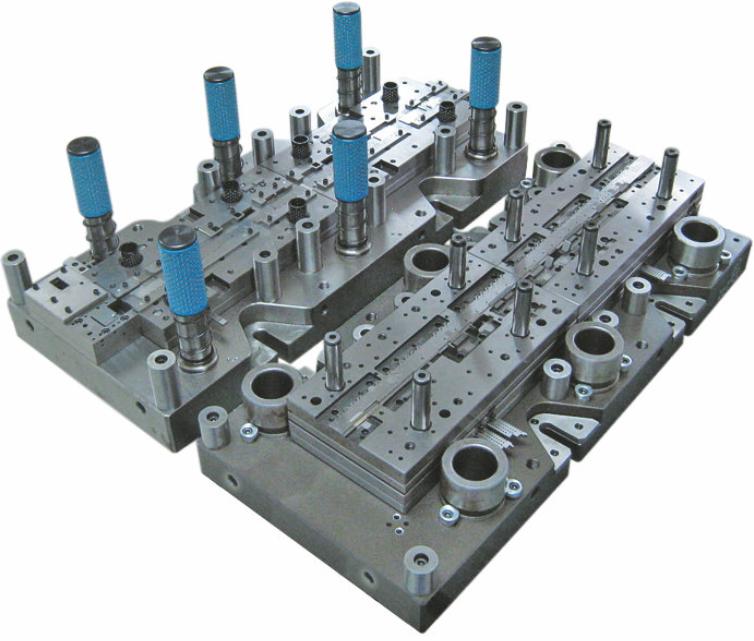
2. Material Selection
Material Compatibility: The materials used for both the stamping tools and the workpiece must be carefully chosen. Tool materials must be durable enough to withstand the high pressures and forces involved in the stamping process, while the workpiece material must be suitable for the end application.
Advanced Alloys and Polymers: Advances in material science have expanded the range of materials used in micro stamping. High-performance alloys, exotic metals, and specialized polymers are employed to meet specific mechanical, thermal, or electrical requirements.
3. Precision Stamping Presses
High-precision Controls: Stamping presses with high-precision controls are required for micro stamping to ensure accurate application of force and movement. These presses can apply controlled forces with minimal variation, allowing the production of intricate components with tight tolerances.
Adjustability: Stamping presses must be adjustable to accommodate different materials and tooling configurations. This adaptability is critical for maintaining stamping consistency across different production runs.
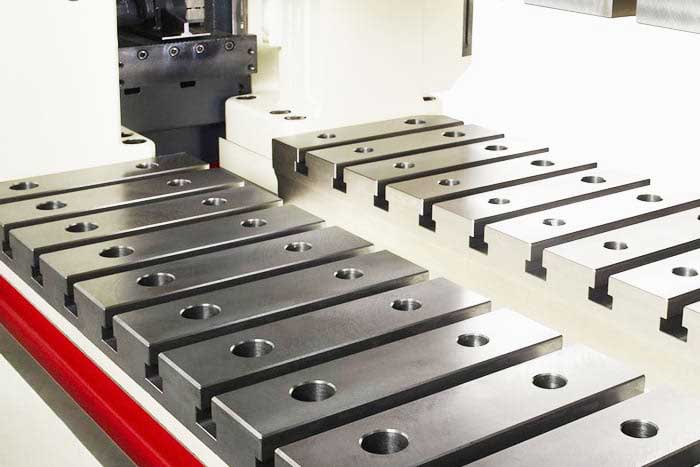
4. Quality Control and Inspection
In-process Monitoring: Quality control requires continuous monitoring of the stamping process. In-process monitoring systems, such as sensors and cameras, detect deviations from desired specifications and allow for real-time adjustments.
Post-Stamping Inspection: Following the stamping process, extensive inspections are carried out using advanced measurement techniques such as optical measurement systems and coordinate measuring machines (CMMs). These inspections ensure that the fabricated components meet the specified tolerances.
5. Tool Maintenance and Wear Management
Regular Maintenance: Micro stamping tools are subject to wear over time due to the high forces and pressures involved. Regular maintenance schedules, including tool sharpening and replacement, are crucial to maintaining the precision and longevity of the tooling.
Tool Life Management: Effective management of tool life is essential to ensure consistent quality and reduce downtime. Predictive maintenance strategies, guided by data on tool wear, help optimize tool replacement schedules.
6. Process Optimization and Automation
Optimization: Continuous process optimization is key to improving efficiency and reducing production costs. This involves adjusting parameters such as stamping speed, temperature, and pressure to achieve the best results.
Automation Integration: The integration of automation, including robotic handling and material feeding, enhances the overall efficiency of stamping processes. Automation also contributes to improved repeatability and reduced labor costs.
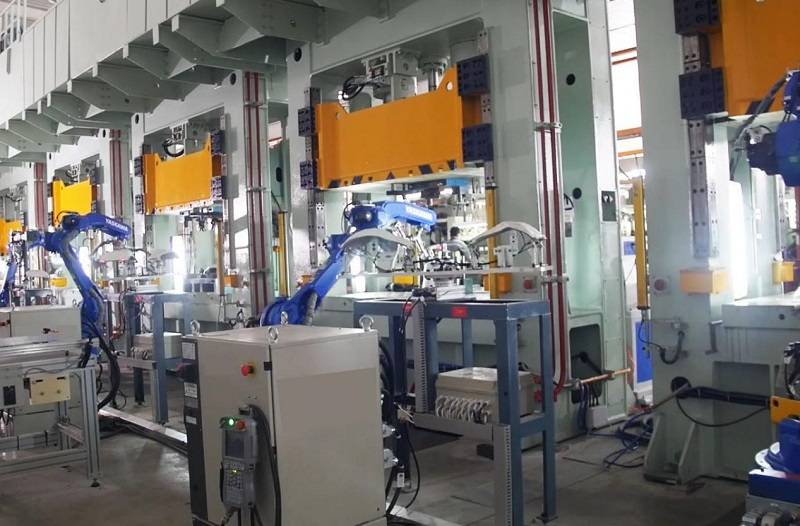
Key Applications of Micro Stamping
1. Medical Device Manufacturing
The adoption of micro stamping technology in the medical industry has resulted from the demand for smaller, more precise components. Medical device manufacturing, such as implantable sensors, catheters, and diagnostic tools, necessitates precision that traditional manufacturing methods struggle to achieve. Micro stamping has become a cornerstone in the fabrication of miniaturized medical components due to its ability to create intricate and complex structures with high repeatability. This not only improves the performance of medical devices but also advances patient care and treatment.

2. Aerospace Applications
Micro stamping technology has also been adopted by the aerospace industry for the production of lightweight and high-performance components. As aircraft design trends lean towards reducing weight for fuel efficiency and improving overall performance, manufacturers are turning to micro stamping to create intricate components with minimal material usage. This technology allows for the production of complex aerospace parts, such as fuel injection nozzles and sensors, with the precision and consistency required for safe and reliable operation in demanding environments.
3. Material Advancements
Material advancements in micro stamping have played a critical role in expanding the capabilities of this technology. New alloys, composites, and specialized coatings have increased the durability and wear resistance of stamping tools and dies. This not only increases the equipment’s lifespan but also allows for the processing of a wider range of materials, such as exotic alloys and polymers. The ability to work with a variety of materials broadens the applicability of micro stamping across industries.

4. Electronics
Micro stamping has transformed the electronics industry by enabling the manufacture of miniature components required for devices such as smartphones, wearables, and IoT devices. Connectors, sensors, and micro-sized integrated circuits are examples of components that benefit from micro stamping’s precision.
Challenges and Future Trends of Micro Stamping
While micro stamping technology has advanced significantly, issues such as tool wear, material limitations, and cost considerations remain. Continuous R&D efforts are directed toward addressing these challenges and expanding the capabilities of micro stamping. The integration of automation and digital technologies is also expected to play a key role in enhancing efficiency and scalability.

Conclusion
Micro stamping is at the cutting edge of precision manufacturing, allowing industries to push the limits of miniaturization. As technology advances, we can expect even greater achievements in the fabrication of tiny yet intricate stamping components, opening up new avenues for innovation across a wide range of industries. Micro stamping technology will almost certainly remain a key player in the quest for smaller, more efficient, and technologically advanced products as industries evolve.

